calsfoundation@cals.org
Prairie Grove (Washington County)
| Latitude and Longitude: | 35°58’33″N 094°19’04″W |
| Elevation: | 1,154 feet |
| Area: | 9.28 square miles (2020 Census) |
| Population: | 7,045 (2020 Census) |
| Incorporation Date: | July 25, 1888 |
Historical Population as per the U.S. Census:
|
1810 |
1820 |
1830 |
1840 |
1850 |
1860 |
1870 |
1880 |
1890 |
1900 |
|
– |
– |
– |
– |
– |
– |
– |
– |
412 |
551 |
|
1910 |
1920 |
1930 |
1940 |
1950 |
1960 |
1970 |
1980 |
1990 |
2000 |
|
774 |
861 |
743 |
887 |
939 |
1,056 |
1,582 |
1,708 |
1,761 |
2,540 |
|
2010 |
2020 |
|
|
|
|
|
|
|
|
|
4,380 |
7,045 |
Prairie Grove is best known for the Civil War battle that occurred there in 1862, but it also has been an important agricultural community in northwest Arkansas, with its rich prairie land watered by the Illinois River. Throughout its history, Prairie Grove has been a dynamic small town offering unique amenities such as a state park, a family-owned local telephone company, and an aquatic park.
Louisiana Purchase through Early Statehood
About 1829, a hunter named Tom Wagnon claimed some land around a spring in present-day Mock Park in Prairie Grove. Soon after Wagnon began clearing the land, another newcomer, Reverend Andrew “Uncle Buck” Buchanan, arranged a deal in which Wagnon gave Buchanan the acreage in return for two good sermons. Buchanan later built the first church and school there.
Prairie Grove was, in its early years, known by two other names. In 1840, the first post office opened and was called Sweet Home. James Chestnut Pittman was its postmaster and operated the facility until it closed in 1846. Eleven years later, the second post office opened and was named Ada after one of postmaster Archibald Borden’s daughters. It was a small frame building north of what is now the Prairie Grove Battlefield Historic State Park. The building was also used as a saddle shop and general store. During the Battle of Prairie Grove in December 1862, many bullets struck the building. After the war, the post office was relocated west of its original site, and people stopped by to dig bullets out of the abandoned building. Years later, when the post office was torn down, the Prairie Grove Chapter of the United Daughters of the Confederacy took possession of the bullet-ridden front door, and a local couple stored it in their garage on Neal Street. Fire destroyed the door in 1940.
Civil War through Reconstruction
The Prairie Grove Campaign led up to a battle that killed between 600 and 800 men and was always referred to afterwards as the Battle of Prairie Grove. The Confederates retreated, giving the Union control of northwest Arkansas. Afterward, guerrilla fighting occurred, and many area residents had their possessions looted or destroyed. Confederate General Thomas Carmichael Hindman is thought by some to have given Prairie Grove its name while he was here during the battle. There were additional skirmishes here on April 6–7, 1864. In 1871, Buchanan’s stepson, James Preston Neal, arrived in the area. At this time, Neal owned his late stepfather’s land and, a few years later, began planning the organization of the town Buchanan had started. Neal is often given credit as Prairie Grove’s founding father.
The Gilded Age through World War II
Prairie Grove was incorporated on July 25, 1888. By 1900, the population was 551, and the downtown area had four general stores, a hotel, two newspapers, several physicians, a telephone company, and—starting in 1901—a train depot. Prairie Grove did feel the economic impact of the Great Depression. People often could not afford to have both electricity and phone service, and most chose to keep their electricity. During the 1930s, the hallway at the main office of the Prairie Grove Telephone Company had crank-style phones lined up along both walls that customers had returned. The president of the phone company, James Clay Parks, never disconnected a phone during the Depression years. Bills were at times paid with garden vegetables, eggs, and even livestock. It was not until after World War II that phone service in Prairie Grove began to increase as more residents were able to afford the service. However, Prairie Grove’s largest industry during these years, the canning factory, did not seem to suffer much from the difficult economic times. Entire families, including children, worked at the factory during harvest seasons. Business was so successful that there were two canning factories operating in Prairie Grove during World War II across the street from each other.
Modern Era
Prairie Grove, like the rest of northwest Arkansas, has experienced much population growth, especially in the 1990s and early twenty-first century. Much of this growth is due to a demand for employees by such large corporations as Walmart Inc., Tyson Foods, and J. B. Hunt, and many people moved to the area from out of state. In 1990, the population in Prairie Grove was 1,761; by 2000, it had increased to 2,540 and by 2010 to 4,380, and the population is expected to continue upward due to Prairie Grove’s location near Fayetteville (Washington County), Springdale (Washington County), and Benton County. Some people who work in these populated areas have chosen to live in a more rural setting. Farmington, Prairie Grove, Lincoln, and other small west Washington County towns and unincorporated communities have all experienced increased population. Both newcomers and native residents alike enjoy visiting the Prairie Grove Battlefield Historic State Park, a Civil War battlefield of national importance that had 200,000 visitors in 2004.
Education
About 1831, Prairie Grove’s first school opened in the Cumberland Presbyterian church. The building was later demolished. Another building that also served as a church and school was built on the site in the late 1800s. These schools taught only at the elementary level. In 1883, the Prairie Grove Institute, also known as the Methodist Academy, housed the town’s first school that taught all twelve grades. The institute became part of the Prairie Grove School District in 1901. The public school system started around 1900, and five students were in the first graduating class in 1905. A three-story school was built in 1911 on the site of the Methodist Academy and was used until new buildings were constructed north of downtown in the early 1950s. The Prairie Grove public school system today is still in this area with three main buildings, including a high school building that opened in the fall of 2004.
Industry
An important locally-owned industry developed in the early 1900s with the canning factory that processed vegetables and fruits. Area farmers grew tomatoes, the cannery’s main crop, and delivered them to the factory. Families, including children, often worked ten-hour days processing tomatoes during harvest season. Hundreds of people were employed throughout the factory’s operation. In 1978, under the name Kelly Canning Company, Inc., the factory went out of business due to the rising costs of canning tomatoes. At this time, all of the tomatoes were shipped in from out of state because local farmers had quit growing the crop. Many farms in the area had entered the more profitable business of raising chickens and cattle.
The Ozark and Cherokee Central Railroad opened a depot in Prairie Grove in 1901. The long-awaited railroad was constructed through Prairie Grove mainly because of a need to ship out agricultural produce, including cattle, hogs, and fresh fruits and vegetables, as well as locally processed canned goods. Businesses were built near the depot, including the canning factory, a roller mill, an evaporator, a stockyard, and a cotton gin. Cotton was not a typical crop grown in northwest Arkansas. However, in 1925, the year the gin opened, 314 cotton bales were produced, and the growers received a total of $36,000. The train depot and rail line closed in 1942.
Telephone service in Prairie Grove began in 1888, when one of the town’s physicians, Ephraim Graham McCormick, strung a phone line from his downtown office to his brother’s pharmacy across the street. Demand for the service grew, and in 1906, the Prairie Grove Telephone Company was incorporated. McCormick’s great-grandson, David Parks, runs the phone company now known as PGTelco. It is one of a very few remaining family-owned telephone companies in Arkansas. In 2015, the Prairie Grove Airlight Outdoor Telephone Booth became the first one to be placed on the National Register of Historic Places.
The Bank of Prairie Grove, the town’s first bank, opened in 1901 and was purchased by the First National Bank in 1905. From 1912 to 1914, Prairie Grove had three banks. The First National Bank changed its name to the Farmers & Merchants Bank in 1929, when it consolidated with the Farmers State Bank. Farmers & Merchants was the only bank in Prairie Grove until the 1990s, when other area banks opened branches in town. Arvest Bank bought the Farmers & Merchants Bank in 1992.
Attractions
Prairie Grove’s attractions include Prairie Grove Battlefield Historic State Park and the Clothesline Fair that occurs each Labor Day weekend at the state park; Civil War reenactments the first weekend in December in even-numbered years at the park; downtown antique stores; and the Prairie Grove Aquatic Park, which has a large pool with a water slide, a children’s pool, and a play area. Adjacent to the Aquatic Park are several baseball and softball fields and a walking trail. The Prairie Grove Heritage Museum opened in 2021.
Famous Residents
Dr. Margaret Pittman (1902–1995) was born in Prairie Grove and graduated from Hendrix College in Conway (Faulkner County) in 1923. She was well known in microbiology and helped develop the tetanus and pertussis vaccines. In 1958, Pittman was the first woman named chief of the Laboratory of Bacterial Products in the Division of Biologics Standards at the National Institutes of Health and was also a consultant to the World Health Organization. The National Institutes of Health initiated the first annual Margaret Pittman Lectureship in 1994 to honor her research in identifying one type of influenza that causes meningitis in children. She is buried in the Prairie Grove cemetery.
Dr. Ed McCuistion (1892–1968) and his identical twin, Fred, grew up in Prairie Grove. Ed McCuistion graduated from Hendrix College in 1917 and, in 1946, was presented an honorary degree (LLD) from Hendrix. He also served from 1931 to 1968 on the board of trustees of the college. McCuistion joined the state Department of Education in 1931, serving as director of black education and working to equalize funding for black and white students. He helped open the University of Arkansas medical school and law school in Little Rock (Pulaski County) to black students and promoted teacher education at Philander Smith College, also in Little Rock. He died in 1968, and his funeral was at the First Methodist Church of Little Rock, where he had both black and white pallbearers. He is buried in Little Rock’s Roselawn Memorial Park .
Dr. Fred McCuistion (1892–1969) was a 1919 graduate of Hendrix College and a recipient of an honorary degree in 1950 from the same institution. He was hired by the national Rockefeller Foundation and was associate director of the General Education Board. His main focus was improving higher education for African Americans. After retiring to Prairie Grove in 1950, he served as a consultant to the Southern Education Foundation, an organization started in 1867 to promote education for African Americans in the South. He and his wife, Madge, were instrumental in developing the Prairie Grove Battlefield Historic State Park. They are buried in the Prairie Grove cemetery.
Trout Fishing in America (TFIA), based in Prairie Grove, is a musical performance duo consisting of Keith Grimwood, who plays bass and sings, and Ezra Idlet, who sings and plays acoustic guitar and banjo. Trout Fishing in America is popular among adults and children, has been nominated for four Grammys, and has released more than twenty albums.
Lucy Byrd Mock, a native of Prairie Grove, set numerous records as a golfer, established two national World War I–era women’s organizations, and was a noted author, journalist, poet, and publisher. Thomas Elwood Blagg, a highly decorated combat veteran of the Vietnam War who rose to full colonel, was born in Prairie Grove.
For additional information:
Prairie Grove, Arkansas Centennial History: 1888–1988. Siloam Springs, AR: Siloam Springs Printing, 1988.
Gatewood, Willard B. “The Prairie Grove Valley and its Communities; Part One.” Flashback 53 (Winter 2003): 1–28.
———. “The Prairie Grove Valley and its Communities; Part Two.” Flashback 53 (Spring 2003): 52–70.
Susan Parks-Spencer
Prairie Grove, Arkansas
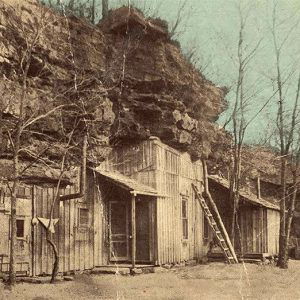 Cliff Home
Cliff Home 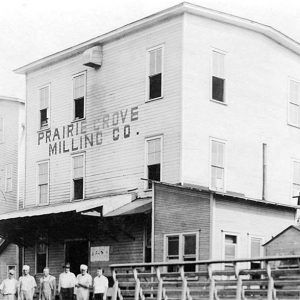 Milling Company
Milling Company 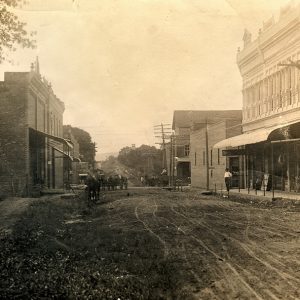 Mock Street
Mock Street 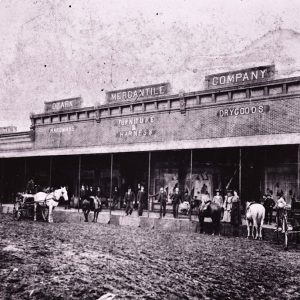 Ozark Mercantile
Ozark Mercantile 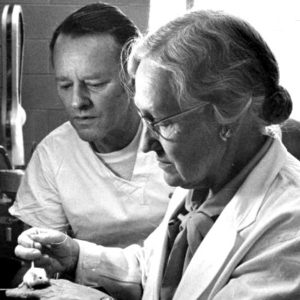 Margaret Pittman
Margaret Pittman 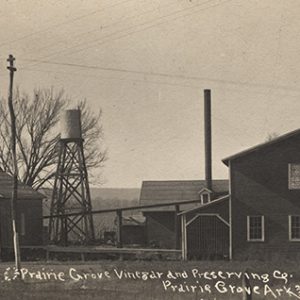 Prairie Grove Cannery
Prairie Grove Cannery 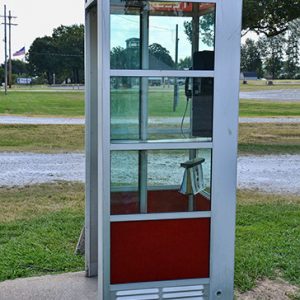 Prairie Grove Phone Booth
Prairie Grove Phone Booth 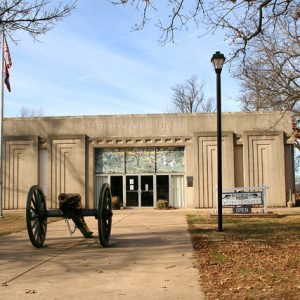 Prairie Grove Battlefield State Park
Prairie Grove Battlefield State Park 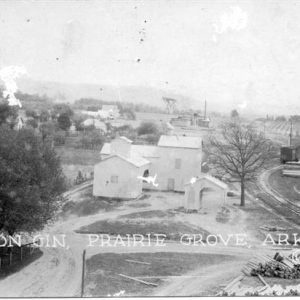 Prairie Grove Cotton Gin
Prairie Grove Cotton Gin 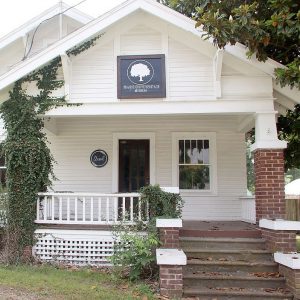 Prairie Grove Heritage Museum
Prairie Grove Heritage Museum 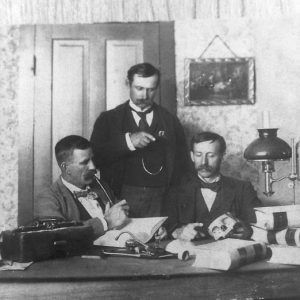 Prairie Grove Physicians
Prairie Grove Physicians 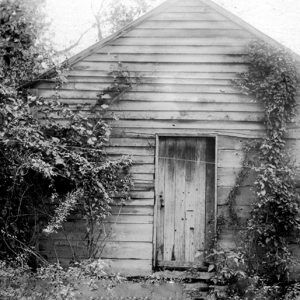 Prairie Grove Post Office
Prairie Grove Post Office 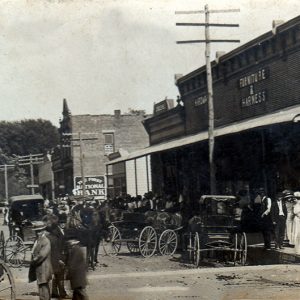 Prairie Grove Street Scene
Prairie Grove Street Scene 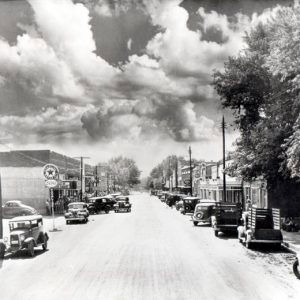 Prairie Grove Street Scene
Prairie Grove Street Scene 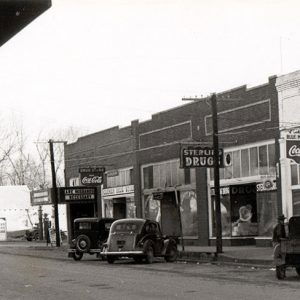 Prairie Grove Street Scene
Prairie Grove Street Scene 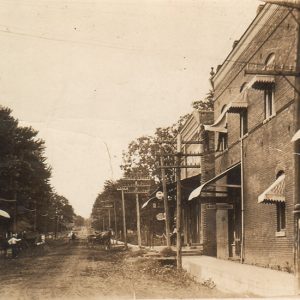 Prairie Grove Street Scene
Prairie Grove Street Scene 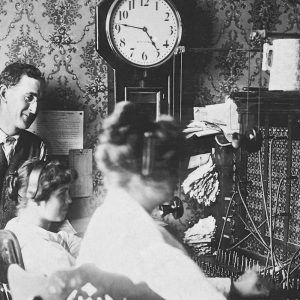 Prairie Grove Telephone Company
Prairie Grove Telephone Company 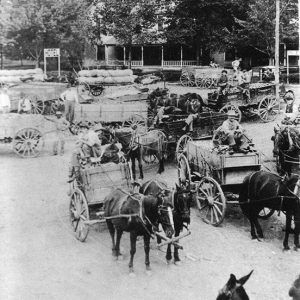 Prairie Grove Train Station
Prairie Grove Train Station 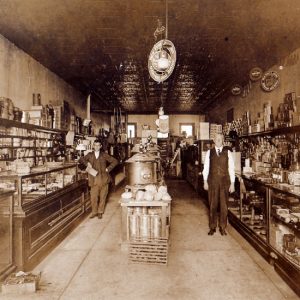 Southern Mercantile Store
Southern Mercantile Store 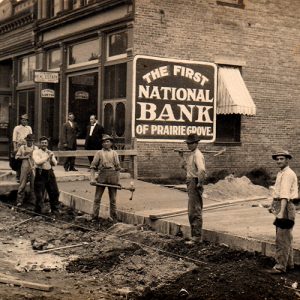 Street Workers
Street Workers 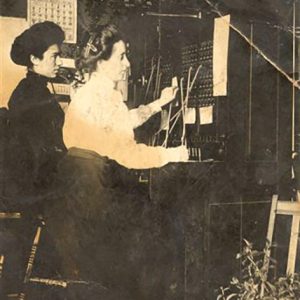 Telephone Operators
Telephone Operators 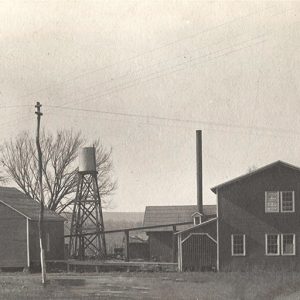 Vinegar Factory
Vinegar Factory 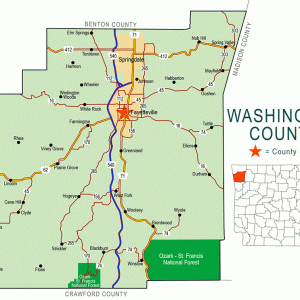 Washington County Map
Washington County Map  WWII Soldiers and Sailors
WWII Soldiers and Sailors 



Comments
No comments on this entry yet.